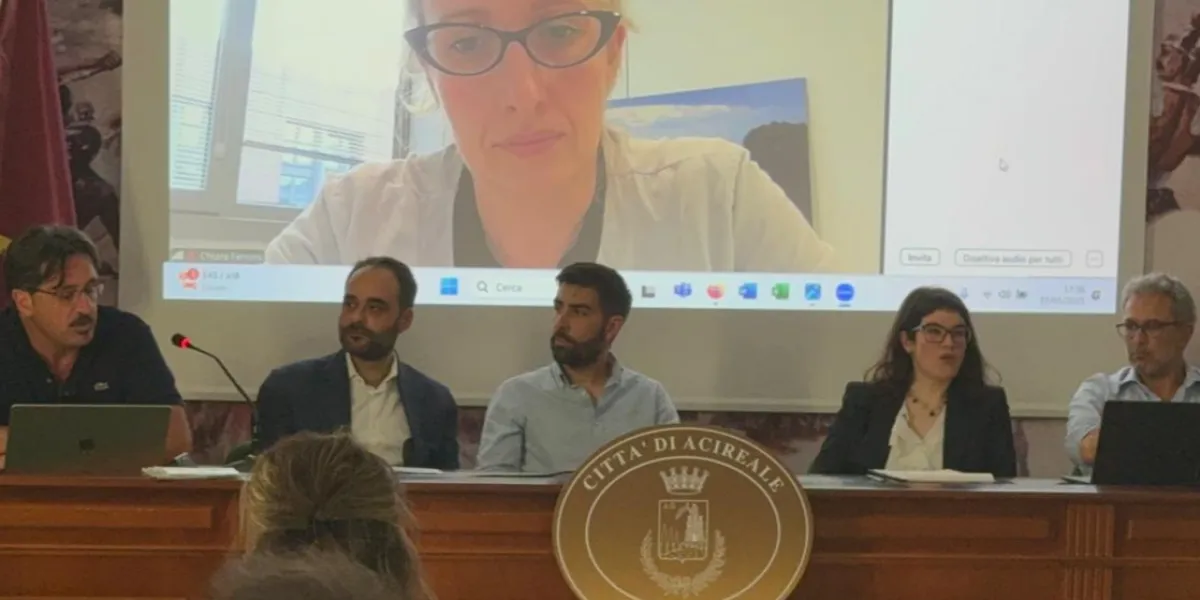Final Event of the SPIDAP Project: Artificial Intelligence and Sensor Technology for Precision Citrus Farming in Sicily

On May 22, the final event of the SPIDAP project – Development of a Digital Platform Based on Artificial Intelligence for Precision Agriculture – was held at the GAL Terre di Aci headquarters in Acireale (CT). The project was funded through the cascade calls.
SPIDAP is the result of a collaborative effort between Sicilian SMEs Agrigeos and Lualtek, and the CNR-IMEM Institute in Parma. It integrates artificial intelligence, advanced sensor technology, and agronomic analysis to optimize water usage and improve the sustainability of citrus production—an innovative step forward for smart agriculture tailored to local needs.
The event was moderated by Mariarita Zappalà (Agrigeos), and opened with institutional remarks by Anna Privitera (Director, GAL Terre di Aci), who emphasized the GAL’s role in promoting agricultural innovation in a region with a strong citrus-growing tradition. Chiara Ferroni, Director of the NODES ecosystem, highlighted the achievements of the program, which has supported over 300 companies, including many in Southern Italy. Salvo Nicolosi (General Manager, Agrigeos) underlined the importance of partnerships between SMEs and research centers in developing knowledge and technologies to advance the agricultural sector.
The technical session featured presentations by Marco Acciai (Agrigeos), who showcased field and controlled-environment results using the Plantarray phenotyping system and the Bioristor sensor developed by CNR-IMEM. Michela Janni (CNR-IMEM) explained how the Bioristor enables real-time monitoring of plant physiology, essentially allowing researchers to “listen” to the plants. Luca Occhipinti (CEO, Lualtek) closed the session by demonstrating how Bioristor data and electrical conductivity readings can be integrated into predictive models to optimize irrigation.
The event concluded with a shared commitment to continue data collection and refine the predictive model, confirming the value of a collaboration that has already yielded promising results for the digital transformation of the citrus sector.




